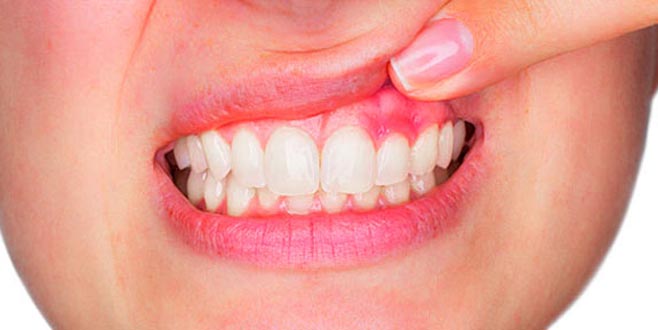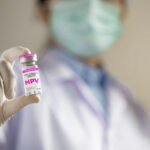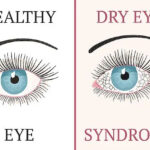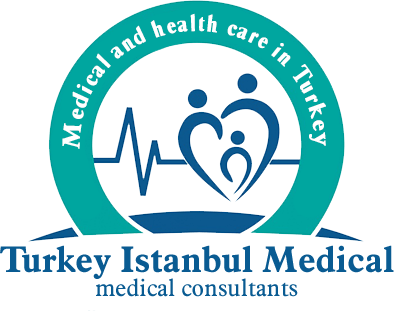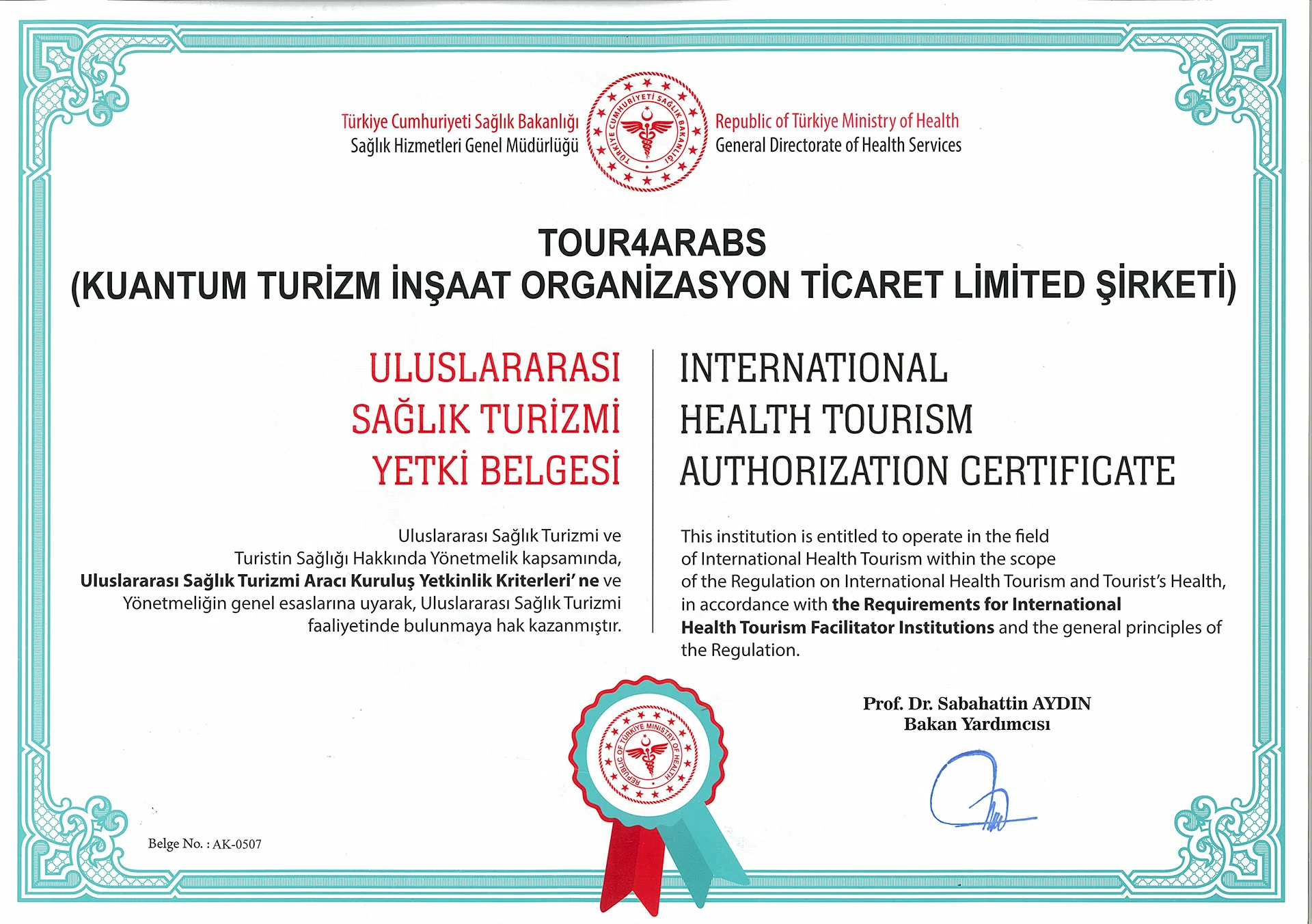What is a Dental Abscess?
A tooth abscess is a bacterial infection found on the inside of the tooth where inflammation collects and can cause moderate to severe pain in people who suffer from this condition.
If the caries is left untreated for a long time, a tooth abscess can occur, or a crack or break in the tooth causes the bacteria to find its way into the pulp (soft tissue in the innermost part of the tooth) area of the tooth and cause inflammation.
When the bacteria makes its way inside, it will spread towards the root of the tooth and cause both inflammation and swelling. When inflammation occurs, the bacteria will press on the pus within a narrow area (known as an abscess) at the tip of the root where the swelling is located.
Tooth Abscess Symptoms
Symptoms of a dental abscess include:
- Constant throbbing and severe pain in the teeth
- Hypersensitivity to temperature
- Pain during normal chewing and biting movements
- Fever
- Swelling on the face and cheeks
- The lymph nodes under the chin or neck begin to become tender or swollen
- Bad-tasting liquid in the mouth following the cessation of pain, which means the abscess has burst
Other Risk Factors
The following factors can increase your risk of dental abscess:
-
Bad Oral Habits:
If you don’t brush or floss your teeth every day (preferably twice or more), your risk of other oral and dental complications such as gum disease, dental abscess and tooth decay will increase significantly.
-
Foods with Excess Sugar:
Excess sugar is bad for your body and especially for your teeth. Sodas, candies, and other foods that contain too much sugar can cause an infection or cavities that can quickly develop into a dental abscess.
-
Other Health Issues :
Do you have diabetes or another type of autoimmune condition? If they do, they can of course increase your chances of getting a dental abscess. Therefore, personal dental care and regular oral control are inevitable.
When Should You Contact Your Dentist?
If you are experiencing any of the above-mentioned symptoms, you should contact your dentist immediately, especially if you have swelling on your face or a fever.
If your dentist is unable to see you right away, you should go to an emergency room as these symptoms indicate that the infection has likely spread to your jaw and surrounding tissue.
The only way to relieve yourself of both the pain and the condition is to get proper dental treatment. If the abscess ruptures, you may feel a reduction in pain, but you will still need to seek professional help.
The infection can spread to other parts of your jaw and head and neck area, and in the worst-case scenario, it can cause sepsis (blood poisoning), an infection that can spread throughout your body that can endanger your life.
Examination and Diagnosis
Apart from regular checkups, your dentist may perform a number of special tests to confirm that your tooth has an abscess:
-
Tap Tooth:
An abscessed tooth is usually very sensitive to touch or pressure, so your dentist may try both on your tooth to determine your pain level.
-
X-ray:
An X-ray or imaging test (such as a computed tomography) can help detect an abscess, so your dentist may want you to have some of these taken to be sure.
-
Laboratory Tests:
If antibiotics are not helping to fight the infection as a first step, your dentist may take a sample of the infection to discover what type of bacteria is causing it. This will help identify a more effective treatment plan going forward.
Tooth Abscess Treatments
Dental abscess treatment consists of emptying the abscess and cleaning the infected area. The tooth itself can be saved with root canal treatment, but in some cases the tooth may need to be extracted. Leaving a dental abscess untreated can lead to serious, even life-threatening complications.
Your dentist and maxillofacial surgeon may recommend the following:
Root Canal Procedure:
If possible, your dentist will try to save your tooth by performing root canal treatment. The tooth is cleaned and disinfected on the outside, drilled inside and filled with a safe luting cement after the inside is emptied and cleaned to ensure structural integrity (and protect the tooth from future infections). When cared for, you can use the restored tooth for life.
Damaged Tooth Extraction:
Extraction is a last resort, but if the tooth cannot be saved, your dentist will decide on this option to protect your remaining oral health. When the tooth is extracted, the abscess will be completely drained and cleaned to prevent further infection.
Antibiotics:
If the infection is confined to the area of the abscess, you may not need antibiotics. But if the infection has spread further and you have a particularly weak immune system, your dentist will prescribe antibiotics to slow or alleviate the infection.
While the abscess is healing, your dentist may recommend that you rinse your mouth regularly with warm salty water and take over-the-counter pain relievers as needed to relieve any discomfort you may encounter.
Prevention of Tooth Abscess
You can prevent a dental abscess before it occurs by taking care of your teeth regularly, eating healthy foods, and having regular checkups. Here are a few general rules that will ensure you have a happy and healthy mouth.
- For fluoridated water.
- Use a fluoride toothpaste when brushing your teeth twice a day (or after each meal).
- Change your toothbrush when the bristles of your brush are worn, or as a general rule change your brush every three months.
- Clean your teeth daily with dental floss or dental interface cleaner.
- After meals, use antimicrobial or fluoride mouthwash to get rid of leftover food particles.
- Eat a balanced diet and eat sugar-free foods.
- Have your dentist regularly check and clean your teeth.
Contact your dentist for an examination if you have questions about your oral care routine or feel you are in the early stages of a dental abscess. At these visits, your dentist will answer your questions and decide whether you need treatment for a dental abscess.
